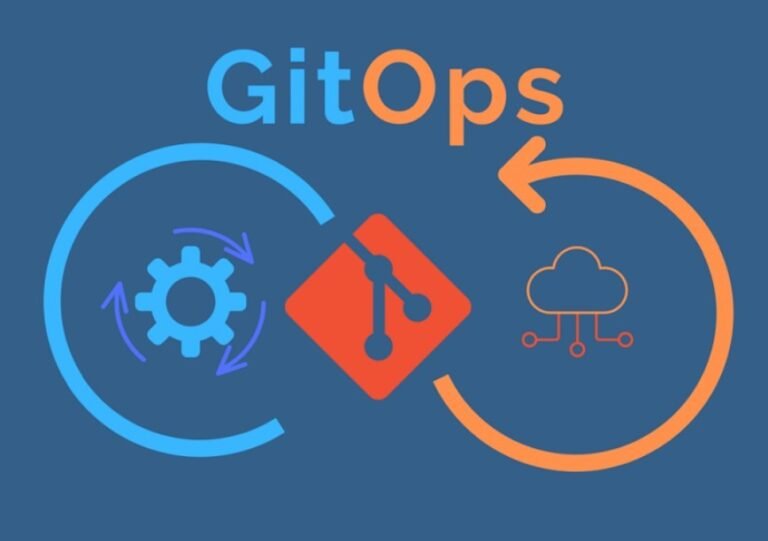Think of modern infrastructure like a sprawling city. Skyscrapers represent applications, roads represent networks, and utility lines represent data pipelines. To keep the city thriving, there must be blueprints, permits, and regular updates—without them, chaos takes over.
GitOps acts as the city’s master planning department, ensuring every building, road, and system is tracked, approved, and updated through a single, centralized record. Instead of scrambling with scattered notes, GitOps keeps the city’s lifeline in a neatly stored playbook, always ready for review, rollback, or renewal.
The Power of the Single Source of Truth
Imagine trying to renovate a house when every contractor has a different copy of the floor plan. Walls end up in the wrong places, pipes clash with wiring, and the entire project spirals into confusion. GitOps solves this chaos by making Git the single source of truth for infrastructure.
Every change—whether it’s deploying a new service or adjusting resources—passes through version control. Nothing happens outside the blueprint. This consistency removes ambiguity and enforces discipline. For learners in a DevOps course with placement, this concept demonstrates how collaboration and accountability are integrated into infrastructure, not added as afterthoughts.
Automation as the Invisible Workforce
Picture a theatre stage where props rearrange themselves and lights adjust automatically between acts. That’s the power of GitOps automation. Once changes are approved and pushed into the Git repository, automated agents ensure the live environment mirrors the declared state.
No frantic midnight manual interventions, no risk of skipping steps—just smooth, predictable execution. By leaning on this invisible workforce, teams can focus on strategy instead of firefighting. It’s here that participants of a DevOps course with placement discover the magic of infrastructure-as-code brought to life by continuous, hands-off synchronisation.
GitOps and the Story of Trust
Trust in digital systems is like trust in a pilot—passengers rarely question each manoeuvre because they believe in the process. GitOps builds this same trust. Every modification leaves a breadcrumb trail of who changed what, when, and why.
If turbulence strikes—say a faulty deployment—the rollback is as simple as flipping back a page in the version-controlled history. The transparency creates confidence, not just for engineers, but for auditors, managers, and stakeholders who demand accountability in an increasingly regulated world.
Testing, Learning, and Adapting
Cities run drills for emergencies—fire alarms, evacuation routes, or disaster simulations—so people know how to act when crises arrive. GitOps applies the same principle by encouraging experimentation without fear.
Since everything is stored as code, teams can spin up test environments, break them intentionally, and then restore them instantly. This freedom cultivates innovation while reducing risk. Engineers gain muscle memory for handling incidents, and organisations learn resilience through practice rather than painful trial and error.
Conclusion
GitOps isn’t merely another process in the DevOps ecosystem; it’s a philosophy of clarity, trust, and automation. By treating infrastructure as carefully as source code, organisations gain order in environments that would otherwise drift into disorder.
The single source of truth, the invisible workforce of automation, and the assurance of reliable rollbacks make GitOps the blueprint for a future where infrastructure is no longer a fragile balancing act but a well-orchestrated symphony. For professionals entering the field, mastering GitOps is like learning the language of infrastructure itself—structured, transparent, and adaptable to change.

